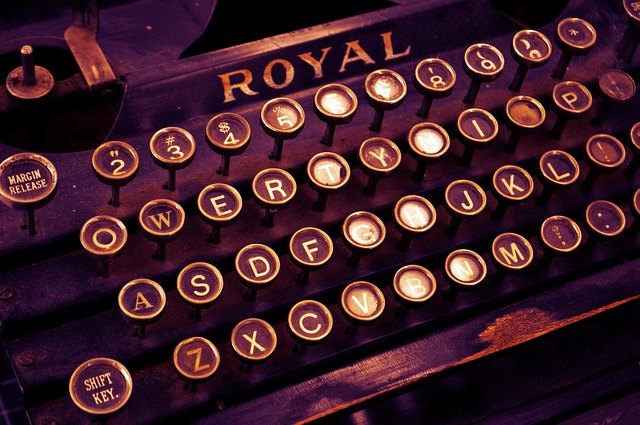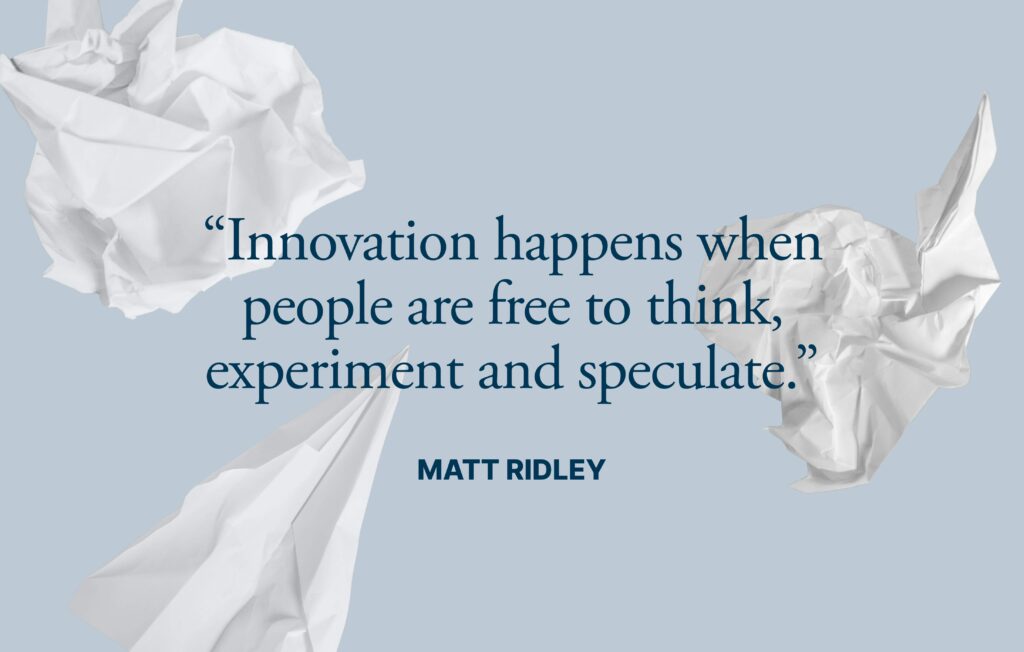What Is Narrative Journalism?
Narrative journalism sits at the crossroads of fact and feeling. It blends the rigor of reporting with the depth and rhythm of storytelling. You still get the verified facts. The data checks out. The sources are real. But it doesn’t read like a press release—it reads like a story you want to see through to the end.
Rather than just stating what happened, narrative journalism asks: who did this matter to, and why? What did it feel like? What did it cost? And what might happen next? This approach builds something traditional journalistic formats often overlook: emotional connection. Readers don’t just grasp the information—they absorb it.
The differences are subtle, but powerful. Traditional journalism focuses on objectivity, often using an inverted pyramid structure—facts up top, context below. Narrative journalism, meanwhile, follows a story arc. There’s a beginning, middle, and end. Real people are at the center. It’s not storytelling for the sake of drama, but because some truths need texture to be understood.
It’s not looser. It’s not sloppier. Done right, it takes just as much research—if not more. But the point is clear: people remember good stories. Narrative journalism makes sure they remember the truth behind them too.
The Core Elements of a Resonant Narrative
Narrative journalism lives and dies by its characters. Not talking heads or stock quotes—real people. People who laugh, fail, push forward. The struggling single mom in a flood-prone town. The whistleblower eating lunch in a parking lot, hands still shaking. These aren’t just placeholders; they’re the emotional engines of the story. If readers don’t feel something, they won’t keep reading.
But a moving character means little without real-world stakes. Conflict is what threads every scene together. It’s not always explosive—it can be quiet, slow-burning. A community resisting eviction. A high school dealing with opioid addiction. The tension must be honest, not manufactured. We’re not here to hype—we’re here to reveal.
Structure turns all this into something actually readable. A strong narrative has gravity. It starts with something concrete, a “why now” moment. It builds tension across the middle—new questions, insights, complications. It doesn’t just trail off; it lands hard. Good structure isn’t fancy. It’s lean, intentional, and absolutely necessary.
And none of it matters without the facts. Emotional storytelling can’t drift into embellishment. That’s where reporting steps in. Every detail—quotes, locations, policy implications—needs to be nailed down. The most powerful stories are those where hard evidence meets raw humanity. That’s the balance. Report hard. Write soft. Let people feel the truth without dressing it up.
Why It’s Seeing a Resurgence
The internet trained us to skim. Headlines shout, thumbnails bait, and most articles barely scratch the surface. But fatigue is setting in. Audiences are tired—tired of empty content loops, tired of stories that treat complexity like a nuisance. In response, there’s a shift back to depth.
People want truth served with context. Not just what happened, but why it mattered, and what came next. Narrative journalism answers that demand. It steps back from the churn and says: here’s a real person, in a real situation, shaped by real forces. And here’s why you should care.
This kind of storytelling doesn’t just inform; it builds trust. When readers see effort, detail, and nuance, they return for more. They begin to believe again that journalism isn’t just noise—it can offer clarity. That’s what makes narrative journalism matter right now. It humanizes the headlines, and frankly, we need more of that.
Techniques That Set It Apart
Narrative journalism distinguishes itself not just by what it reports, but how it reports it. These techniques help transform accurate journalism into memorable storytelling that resonates with readers on a deeper level.
Scene-Based Storytelling
Rather than simply recounting events, narrative journalists build scenes that immerse the reader in the moment. With this approach, the story shows instead of tells.
- Uses real-time action to recreate events as they unfolded
- Employs setting, dialogue, and pacing to drive emotional engagement
- Helps readers feel like participants, not just observers
Example: Instead of stating that a protest was tense, a scene might describe riot police forming a line, protesters chanting, and adrenaline rising in the crowd.
Purposeful Use of Dialogue and Inner Reflection
When responsibly sourced and factually verified, dialogue and internal perspectives can add human depth to a piece. These tools make the characters feel real, complex, and relatable.
- Direct quotes build credibility and realism
- Carefully sourced inner thoughts (from diaries, interviews, etc.) create intimacy
- Must be rooted in actual reporting, not speculative fiction
Note: Ethical standards demand transparency—dialogue and reflection should be attributed or clearly indicated as reconstructed.
Immersive Descriptions from On-the-Ground Reporting
Being physically present allows journalists to observe details a secondhand account might miss. Immersive description turns those observations into storytelling fuel.
- Vivid sensory details bring settings to life
- Descriptions of body language, weather, soundscapes, and silence establish tone
- The journalist-as-witness adds authenticity, not ego
Tip for journalists: Trust the power of observation. Sometimes the smallest details—a worn photograph taped to a mirror, the way someone stirs a coffee—can communicate volumes about a person or place.
These techniques help narrative journalists craft stories that do more than inform—they evoke, immerse, and connect.
Ethical Tightrope: Storytelling Without Distortion
Narrative journalism walks a fine line. The job is to pull readers in without pulling away from the truth. Writers often stylize a piece to hold attention—strong opening scenes, vivid detail, even emotional beats—but the facts should stay anchored. Flair is fine. Fabrication isn’t. Transparency means being up front about sourcing, structure, and what you know versus what you believe.
Tackling sensitive subjects demands more than accuracy—it calls for empathy. If you’re sharing someone’s trauma, their voice should guide how it’s told. This isn’t the place for melodrama or manufactured tension. Resist the urge to make a sad story sadder if it already holds weight. The best reporting listens first, then writes.
Above all, don’t blur narrative into fiction. Character arcs shouldn’t be invented. Quotes don’t get polished for punch. Reader trust is fragile; break it once and it’s gone. Tell the story well, but tell it real. That’s the bar narrative journalists are held to—and the reason their stories endure.
Real-World Examples that Inspire
Stories that create impact don’t always come from politicians or disasters. Sometimes, they start quietly—with a profile of someone doing meaningful work in a corner of the world most people overlook.
Narrative journalism shines brightest when it digs deep into individual lives to reveal bigger truths. Take the reported piece on grassroots healthcare workers in rural India. It didn’t lead with data points—it led with the story of one woman navigating red tape, saving lives on a shoestring budget, and building trust where institutions failed. That profile didn’t just inform; it drove donations and sparked local policy discussions.
This kind of reporting works because it stays close to the ground. Instead of quoting stats from afar, it puts the reader on the floor next to its subject, seeing choices, risks, and small victories unfold in real time. “Profile-based reporting done right” means no hero-washing and no stereotypes—just honest, detailed looks at people stepping up or resisting systems, and doing so with complexity.
Done well, these stories don’t just change minds. Sometimes, they shift the needle. For a prime example, see Profiles of Individuals Making a Global Impact.
Tips for Aspiring Narrative Journalists
Start with better questions. Headlines can come later. The core of great narrative reporting is curiosity—genuine, deep curiosity. Ask questions that can’t be Googled. What’s at stake for this person? What tension simmers under the surface? What moment changed everything?
If you want to write powerful stories, consume them. Read longform work from places like The New Yorker, ProPublica, or The Atlantic. Study how great writers structure a lead, how they build tension and pace, where they embed facts without losing flow.
When it comes to drafting, don’t aim for tidy. Write it out like a novelist chasing something raw. Let the voice arrive first. Then clean it up—with the eye of a fact-checker. Every quote, stat, and scene detail should be bulletproof. Don’t assume what you can confirm.
Sourcing takes time, and so does trust. The best insights come once people stop talking in soundbites—when they feel heard. This doesn’t happen in a 15-minute Zoom. Be patient. Build relationships. The story lives in the pause, not the pull quote.
Final Thoughts: Why This Form Still Matters
Everything is speeding up—scrolls, clicks, takes. The modern media cycle burns hot and fast, giving people few chances to pause and feel. Narrative journalism pushes back. It doesn’t chase virality. It aims for impact.
When done right, narrative journalism does more than package facts. It threads emotion into information. It takes readers beyond headlines into the humanity behind a policy, a protest, or a personal struggle. These stories have weight because they earn it—through strong reporting, character-driven scenes, and emotional truth.
That’s why people come back to them. Not because they’re trendy, but because they cut through the noise. A good narrative piece doesn’t just say, “this happened.” It asks, “what does this mean—and why should you care?”
In a world of bright, forgettable content, storytelling with soul still stands out. It’s slower. It’s harder. But it sticks.


